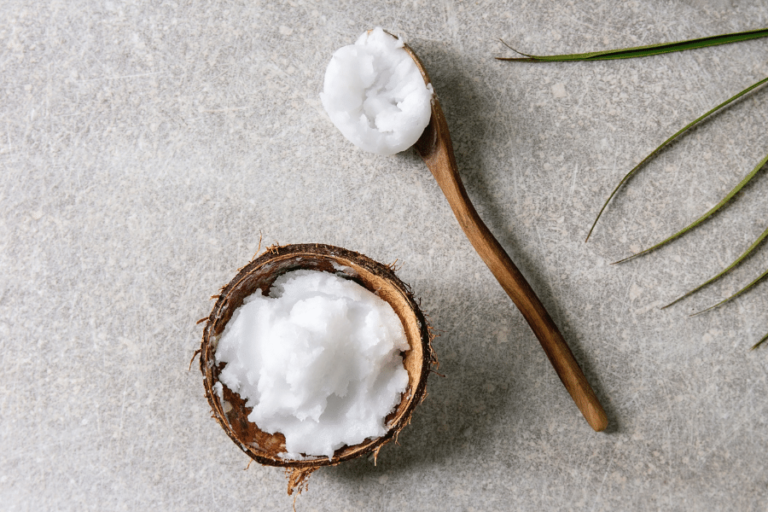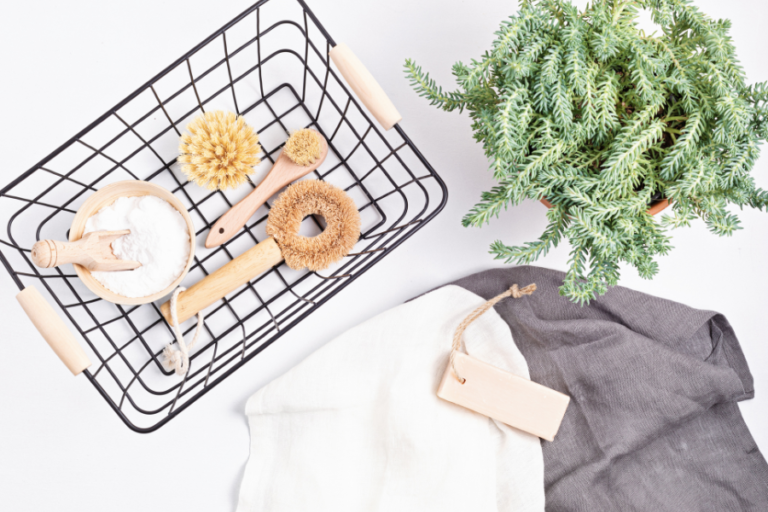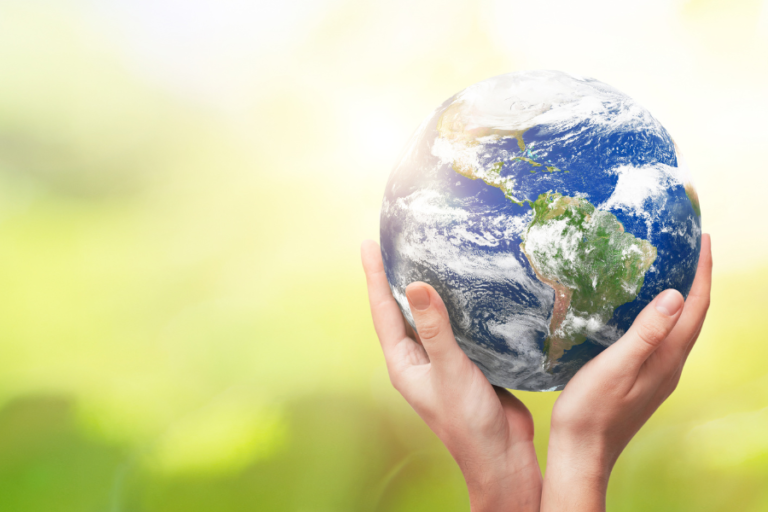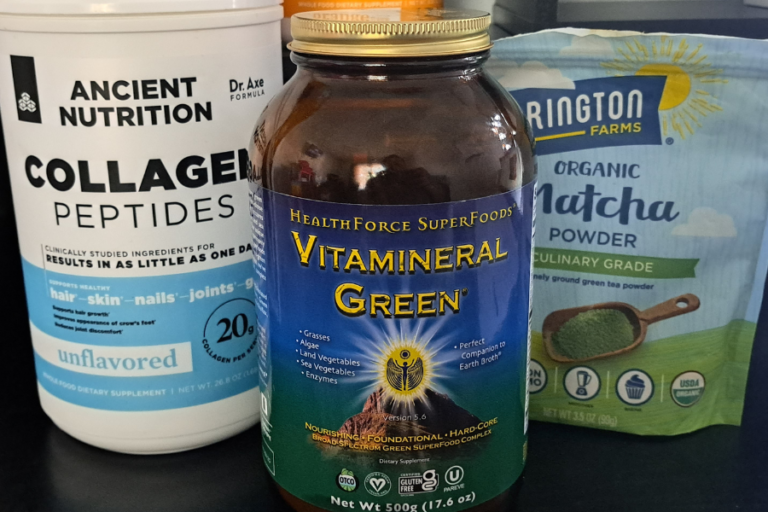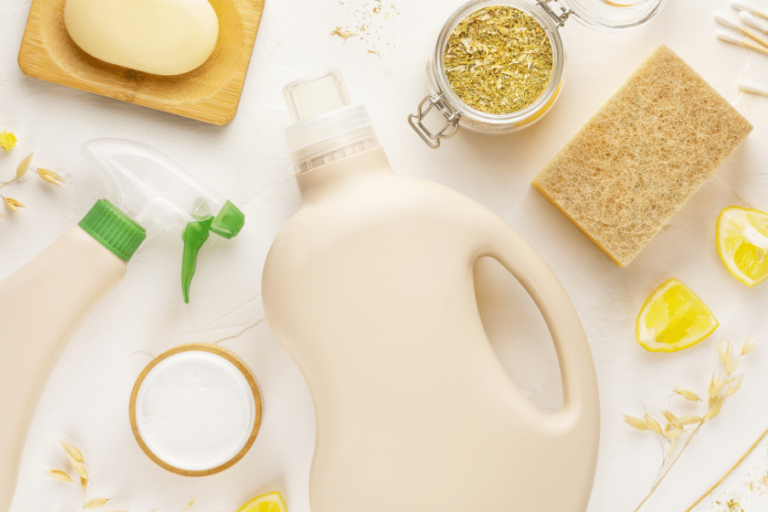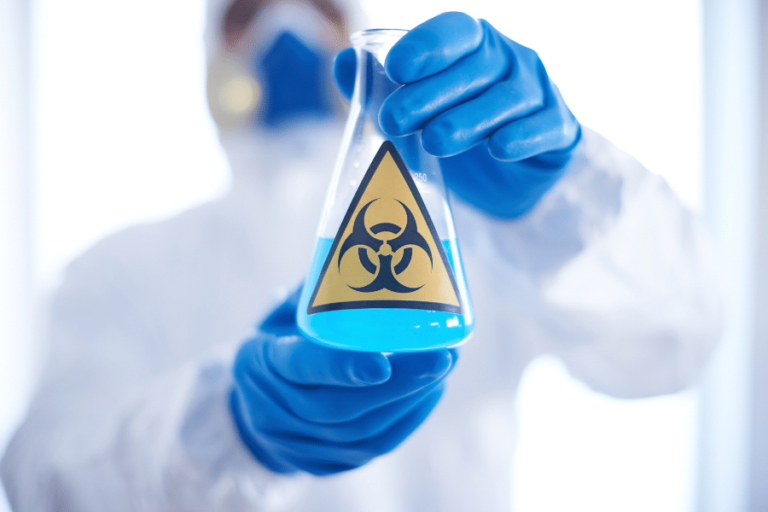What is the EWG (Environmental Working Group)?

We are all aware of the importance of a healthy lifestyle. We know that eating more vegetables, drinking more water, and exercising regularly are beneficial for our health. But we don’t often consider how other aspects of our daily lives can impact our health.
For example: What about the ingredients in your cosmetics? How do you know what’s in them? I’d wager that most people have no idea what goes into their beauty products or whether those products are safe to use on their skin or ingest when they brush their teeth with toothpaste made with those same ingredients!
That’s where the EWG (or Environmental Working Group) comes in. The EWG is a nonprofit organization focused on protecting human health and the environment by providing independent research, education, and journalism about toxins in our food supply and everyday products like makeup, etc.
They have an entire database full of information about different brands/products as well as useful charts for easy comparison shopping at home or online stores like Amazon
Who is behind the EWG?
The EWG is a nonprofit organization that focuses on environmental health and safety. The EWG’s mission is to provide consumers with the most current research on the impact of chemicals in food, cosmetics, and personal care products.
The EWG uses its research to create lists of the “worst” chemicals found in these products so that you can make informed decisions about what products are best for your family.
Related Posts
Some Things To Consider With EWG
What Is Clean Beauty?
How do I search for products?
- To search for products, use the pull-down menus at the top of the page. You can look for a product by category, ingredient, or brand.
- If you’re looking for a specific item, type it into the search bar.
If you don’t find what you’re looking for, try browsing the product categories. These are listed on the left side of the page. You can also narrow your search by clicking on one of the subcategories listed beneath a category.
If you still don’t find what you’re looking for, try using the Advanced Search feature. This can help you narrow down your search by specifying a brand, product type, and more.
On the right side of the page, you’ll see a list of all of your saved products. If you want to delete one or more items from this list, hover over it and click on the X that appears in its corner.
Why should I trust the EWG and its product reviews?
The EWG is a non-profit organization dedicated to protecting human health and the environment. It uses independent scientists to review products and publishes their findings in easy-to-understand reports. The EWG also shares its methodology with the public so that anyone can evaluate their ratings.
In addition to publishing product reviews, the EWG also publishes tips for avoiding toxic chemicals in your daily life (like reading ingredient labels). They even have a handy smartphone app that makes it easy for you to find healthy alternatives wherever you shop!
The EWG publishes an annual guide to safer cosmetics. This report lists products that have been evaluated by independent scientists and found to contain harmful ingredients. The report is updated annually and can be found on the EWG’s website (ewg.org).
What do the scores mean?
The EWG assigns a score to each product between 0-10, with 10 being the best. Products receive their scores based on the ingredients in the product and how much of each ingredient is present in the product.
For example, if you see one of your favorite products has an EWG rating of 9 it means that there are few ingredients that might irritate your skin or even cause allergic reactions.
If however, you see a product has an EWG rating of 2 then this could mean that there are chemicals used in manufacturing this product that could be harmful to people with sensitive skin or allergies.
EWG does not have any specific rules for what constitutes a high or low score. Instead, they assign scores based on the ingredients in the product and how much of these ingredients are present in the final product.
For example, if you see one of your favorite products has an EWG rating of 9 it means that there are few ingredients that might irritate your skin or even cause allergic reactions.
How are the ratings assigned for products?
The EWG scientists assign scores based on the number of hazardous ingredients in a product. They use the latest science to determine the hazards associated with each ingredient and look at data from peer-reviewed sources like government agencies, scientific journals, and academic studies.
The EWG has its own research program that includes using advanced computer models to simulate human exposure to chemicals used in cosmetics and personal care products.
EWG also looks at the available scientific literature on each ingredient and determines whether it poses a health risk to humans. The organization says it uses the same kind of data scientists use when they assess the toxicity of chemicals in the environment.
What about companies?
As a consumer, you can use the EWG to research and compare products on your own. Simply search for a product by its brand or name, and you’ll see all the companies that produce it along with their ratings. You can also search by specific ingredients or product categories, such as kitchen cleaning supplies or laundry detergents.
The EWG, or the Environmental Working Group, is a great resource.
The EWG is a non-profit organization that works to protect human health and the environment. Their mission is to offer independent, research-based information about toxic chemicals in our food and products. This includes things like pesticides, endocrine disruptors, and other chemicals that can cause cancer or other serious health problems.
Their website is easy to use so you can find out how safe the products you’re buying are on your own. The site is divided into two main sections:
- Products (which lists hundreds of thousands of products)
- Ingredients (which lists over 80,000 ingredients).
Conclusion
The EWG says they want to make the world a safer and healthier place for children and families by providing information about the potential health risks of everyday products and services. This will help consumers, so they can make informed choices about what goes into their bodies, homes, and communities.
